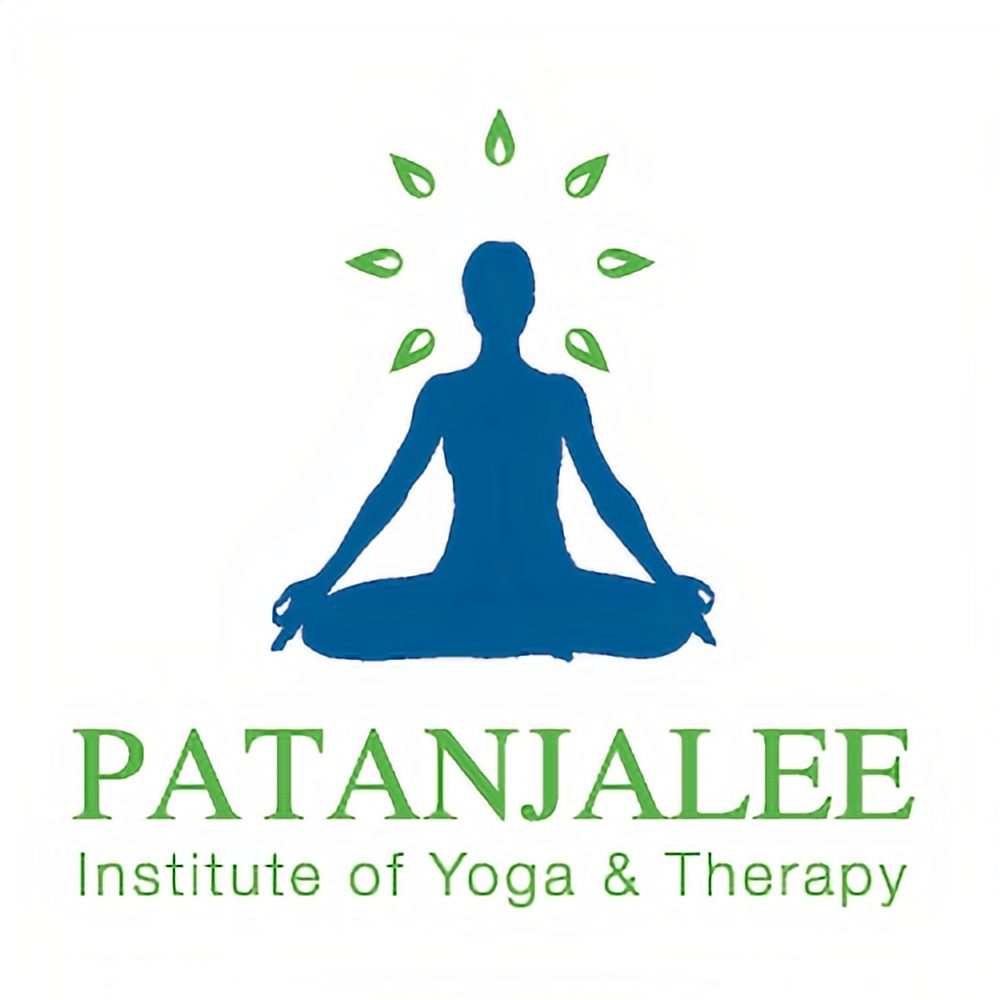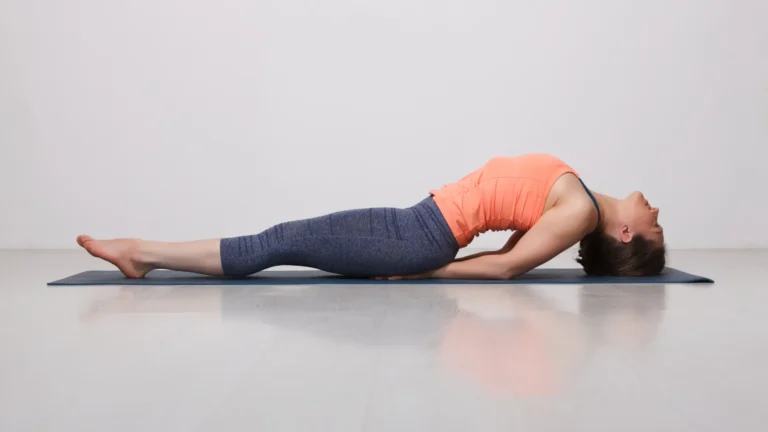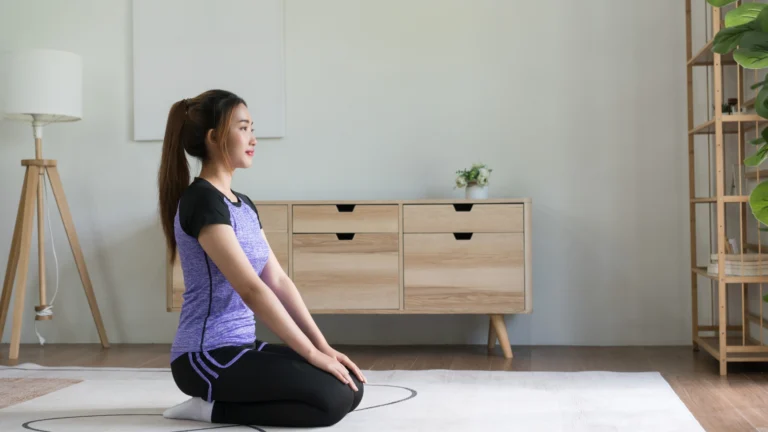VAJRASANA – The Ankle Pose: Steps and Benefits
Vajrasana, commonly known as the Ankle Pose, is a classic yoga asana that holds deep roots in traditional yoga practices. Vajrasana derives its name from “vajra,” symbolizing not only the indestructible brilliance of a diamond but also the strength and vitality that it represents. Vajrasana focuses on nurturing the Vajra Nadi, a subtle energy pathway that courses through the ankles. However, Vajrasana also strengthens your entire psycho-physiological system.
Vajrasana gives a good stretch to your leg muscles and the tops of your feet while helping with digestion. Vajrasana serves as a transitional or resting pose during yoga sequences and is commonly utilized as a meditative position. Besides helping with digestion, the vajra nadi also plays a role in activating kundalini energy. Consequently, Vajrasana is considered one of the top postures for enhancing agni, which is the digestive fire.
As we embark on this journey, let’s unveil the remarkable aspects of Vajrasana, understanding its origins, method, and the multitude of benefits it offers. This ancient yoga posture helps you find your inner strength, both mentally and physically, and brings you closer to a harmonious connection with your body and mind.
Steps Of Vajrasana
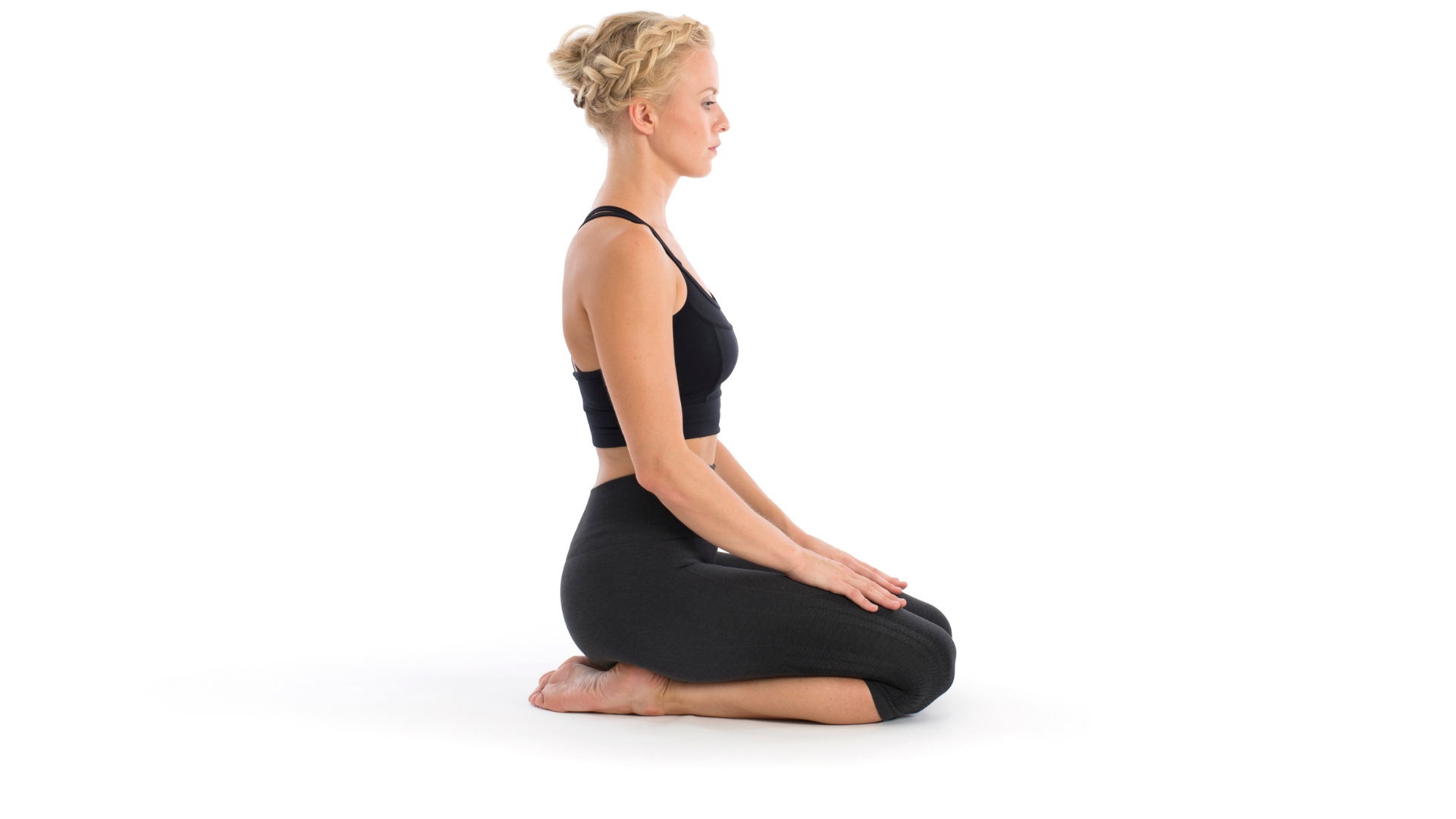
Step 1: Initial Position
- Begin by kneeling on the floor with your legs pressed together. Ensure your big toes are touching, and there is a slight gap between your heels.
- Sit back on your heels and ensure your back is straight. Place your hands on your thighs, palms facing down.
- Relax your shoulders, and maintain a neutral position for your head and neck.
Step 2: Finding Comfort
- Carefully shift your weight onto your knees and ankles, making sure there’s no undue strain on your knees or ankles. Adjust your posture until you find a comfortable and balanced position.
Step 3: Steady Breathing
- Breathe naturally and deeply. Concentrate on slow, rhythmic breaths, allowing your abdomen to rise and fall with each inhalation and exhalation.
Step 4: Exiting the Pose
- To release the pose, gently lean forward onto your hands and lift your back off your heels.
- Unfold your legs and sit back with your legs extended in front of you to relax and stretch out.
What is Supta Vajrasana?
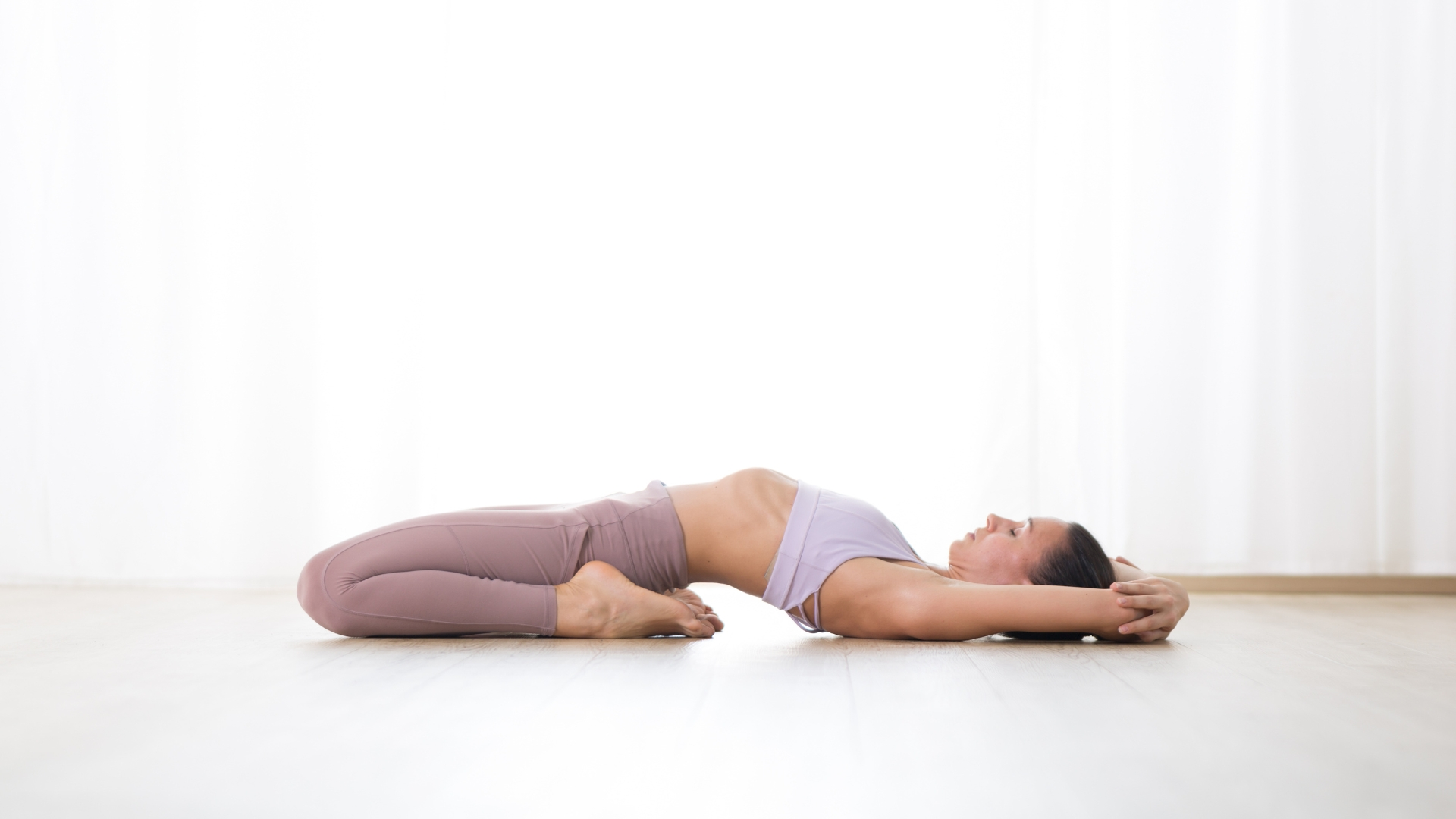
Supta Vajrasana, or Reclined Thunderbolt Pose, is a yoga posture where you lie on your back, stretching your legs and bending them at the knees. It’s an extension of Vajrasana, offering a gentle backbend. In this pose, your hands reach back and hold your ankles, creating a slight arch in your back. Supta Vajrasana is known for opening the chest, stretching the thighs, and increasing flexibility. It’s a calming pose that may help with digestion and is often used as a preparation for deeper backbends. As with any yoga pose, listen to your body and practice with awareness.
How Long Should You Stay in Vajrasana?
For beginners, kick off your Vajrasana practice with 3-4 minutes. As you advance, extend it to 5-7 minutes. If you feel strong and comfortable, you can gradually increase it to 15-20 minutes or even more. You can even practice this pose after meals, either after lunch or dinner. The longest recorded hold for Vajrayana in the Indian Book of Records is 1 hour, 10 minutes, and 4 seconds.
How Frequently Can You Practice Vajrasana In A Day?
The regularity of practicing Vajrasana depends on your physical abilities and comfort level. Some may do it multiple times a day, while others may prefer once. Listen to your body and do what feels right for you. It’s advisable to consult with a qualified yoga instructor or healthcare professional before starting any new exercise or yoga practice.
Can You Do Pranayama In The Vajrasana Pose?
Yes, you can practice pranayama in the Vajrasana (Thunderbolt Pose). In fact, Vajrasana is a commonly recommended pose for pranayama and meditation because it helps in keeping the spine straight and the body stable. You can try different pranayama techniques like deep breathing or making a humming sound. Vajrasana is simple and good for both beginners and experienced yoga enthusiasts. Just check with a doctor if you have health issues. Combining this comfy pose with calming breath exercises makes you feel more peaceful and connected.
Tips for Perfecting Vajrasana

- Before attempting Vajrasana, it’s advisable to warm up your body with some light stretches to prepare your muscles and joints.
- If you’re a beginner, start with a few minutes and progressively extend the time you spend in Vajrasana as you become more comfortable and flexible.
- Pay close attention to maintaining a straight spine and relaxed shoulders and neck, ensuring proper alignment throughout the pose.
- Maintain slow, deep, and relaxed abdominal breathing to enhance your experience and relaxation in Vajrasana.
- It’s best to practice Vajrasana on an empty or light stomach. Wait at least a few hours after a meal before attempting the pose.
- If you feel any pain or discomfort in your knees, ankles, or feet, come out of the pose immediately.
- Regular practice of Vajrasana can lead to increased comfort and flexibility in the pose over time, so make it a part of your routine to reap the full benefits.
What are the main benefits of Vajrasana?
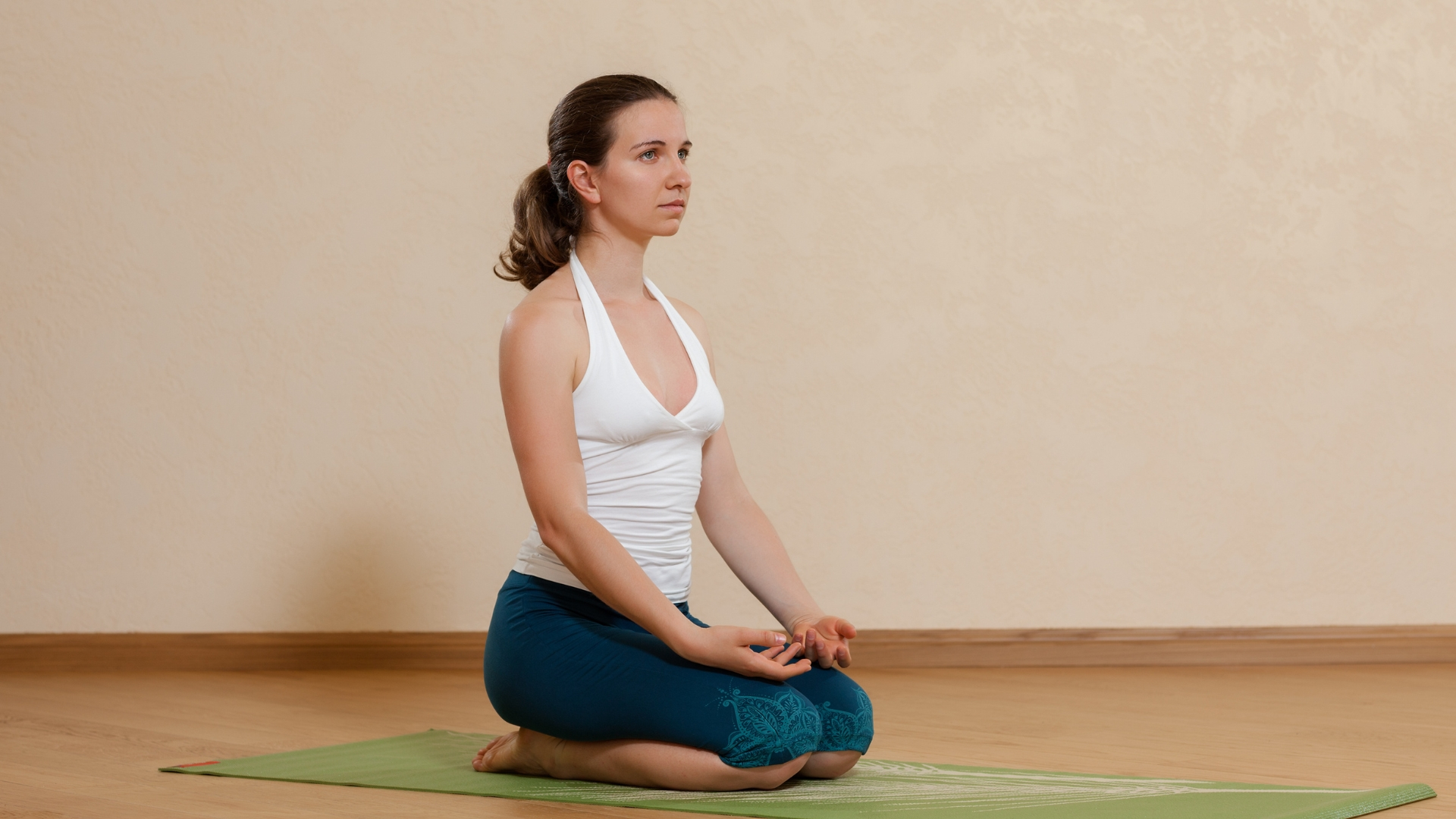
Physical Benefits
- Improved digestion by promoting blood flow to the pelvic region.
- Strengthens leg, thigh, and ankle muscles, enhancing flexibility.
- Corrects spinal alignment, particularly beneficial for those with sedentary lifestyles.
- Provides relief from sciatic pain and discomfort.
Mental and Emotional Benefits:
- Acts as a stress-reliever by calming the nervous system.
- Enhances mindfulness and concentration, sharpening mental focus.
- Cultivates emotional stability and resilience.
- Offers relief from insomnia through its calming effect.
Spiritual Dimensions:
- Symbolizes a connection with the earth’s energy, fostering a sense of rootedness and stability.
- Serves as a gateway to deeper meditative states, facilitating introspection.
- Associated with the activation of the Muladhara (root) chakra in yogic philosophy.
- Contributes to the balance of physical and spiritual well-being.
Similarly read our blog TRIKONASANA – Triangle Posture | Steps, Benefits, Cautions, to know more about Trikonasana.
Is Vajrasana Better Than Walking?
You can do Vajrasana on an empty stomach or after eating to help with digestion. It’s not just for meditation; you can also do it while studying or sitting and talking. Remember, Vajrasana and walking are different and important in their own ways. It’s okay to do Vajrasana after a big meal, but walking right after eating is not a good idea.
Who Should Not Do Vajrasana?
Vajrasana is generally a safe and beneficial yoga pose, but it’s important to be cautious or abstain from it with severe knee pain or ankle problems, active digestive disorders, pregnant women in later stages of pregnancy, uncontrolled high blood pressure, recent abdominal or lower extremity surgery, hip or thigh injuries, or those prone to vertigo or dizziness. To ensure safety and suitability, individuals with underlying health concerns should always consult with a healthcare professional or an experienced yoga instructor who can provide guidance on the appropriateness of Vajrasana and suggest potential modifications.
Key Aspects of Vajrasana
- Keep heels together if possible for stability.
- Maintain an upright spine while relaxing shoulder and neck joints.
- Focus on slow, deep, rhythmic, and relaxed abdominal breathing to enhance the pose’s effectiveness and promote inner calm.
Conclusion
Now that you’ve uncovered the myriad benefits of Vajrasana and learned the art of its perfect practice. This pose offers a powerful way to fortify your body while attuning your mind. Despite its simplicity, achieving profound mental and physical stillness can be quite a challenge. Therefore, join online yoga classes to embark on your yoga journey, and let Vajrasana lead the way on your transformative quest towards holistic well-being, bridging the harmony between your body and mind.
